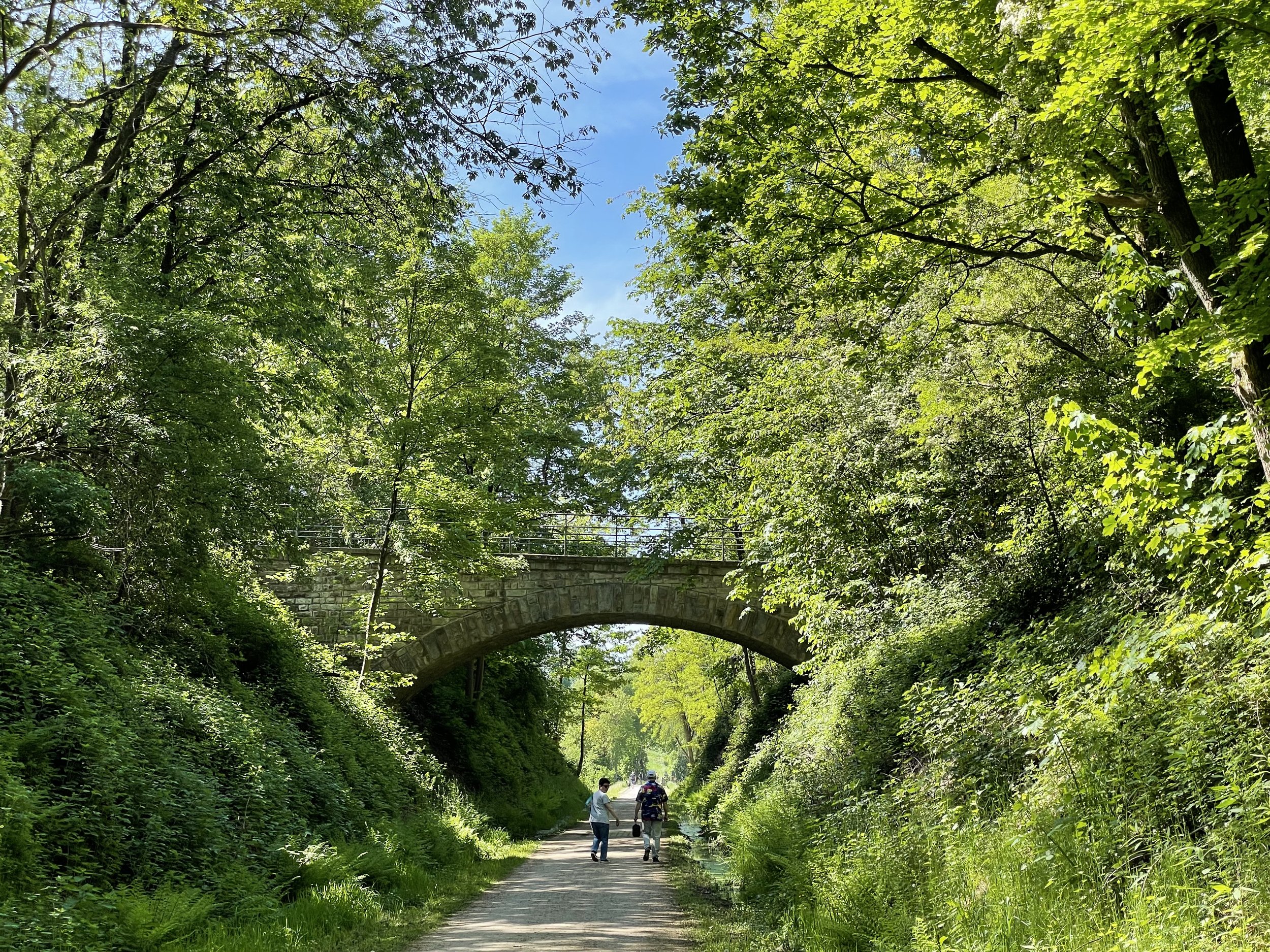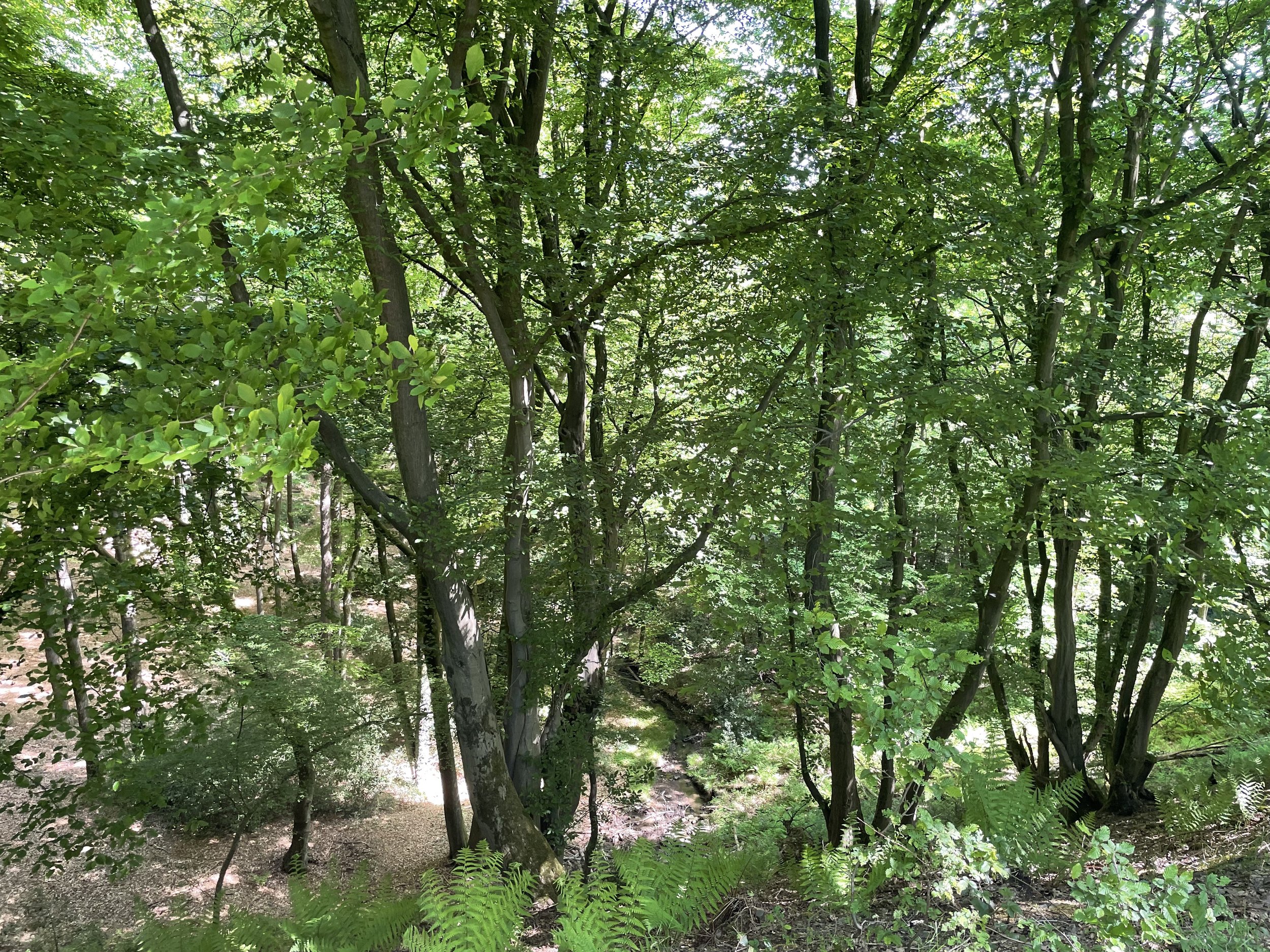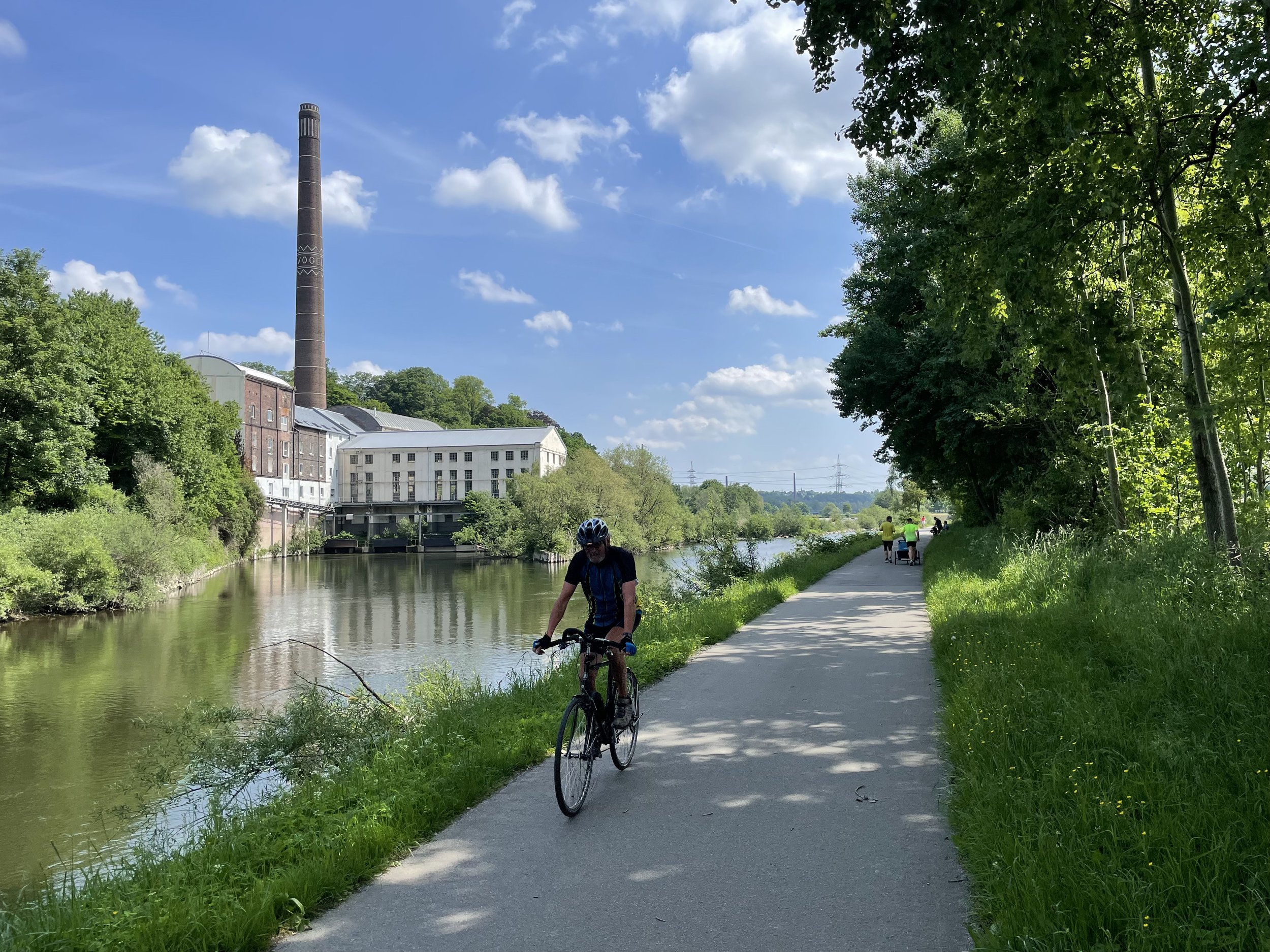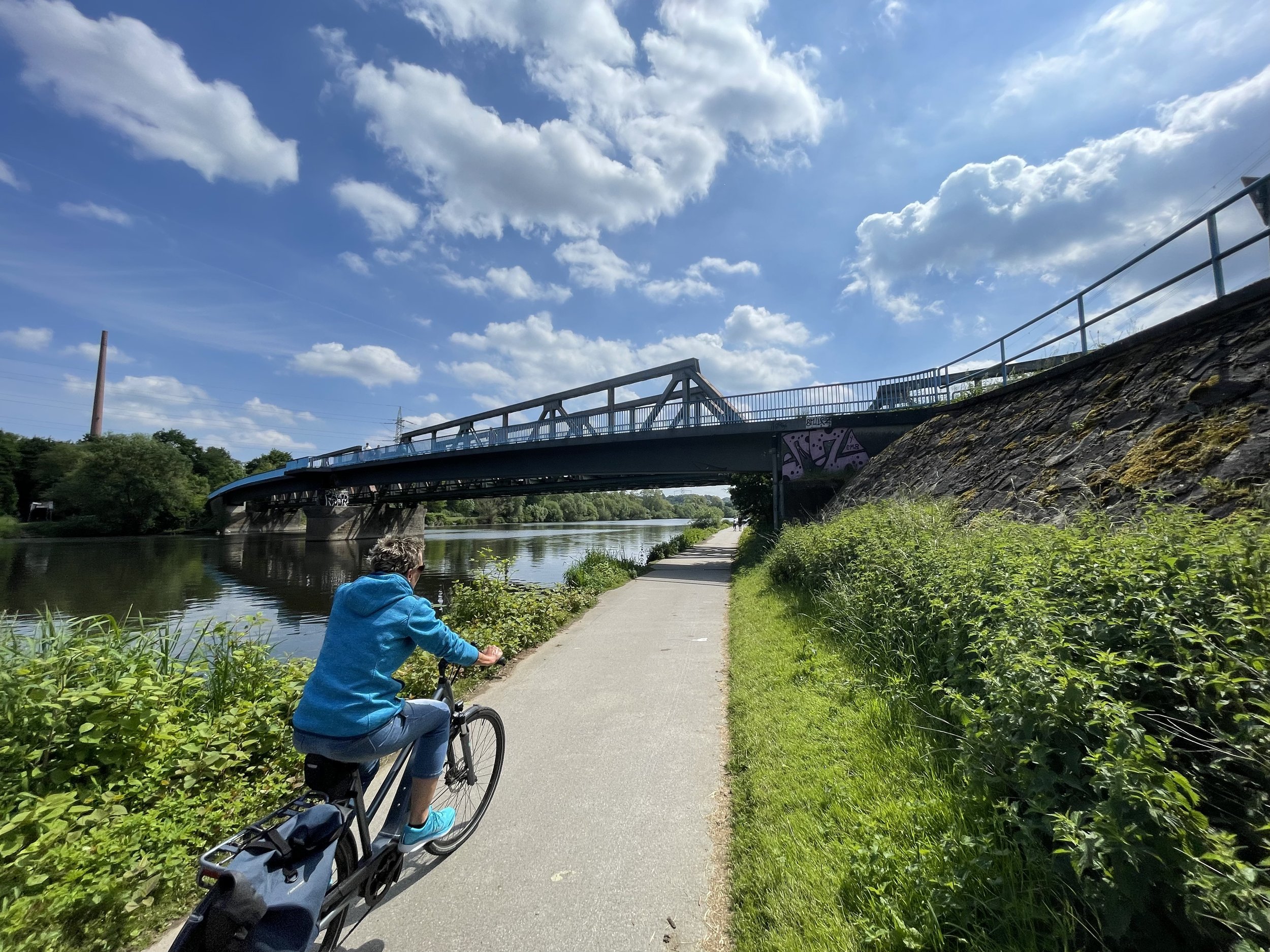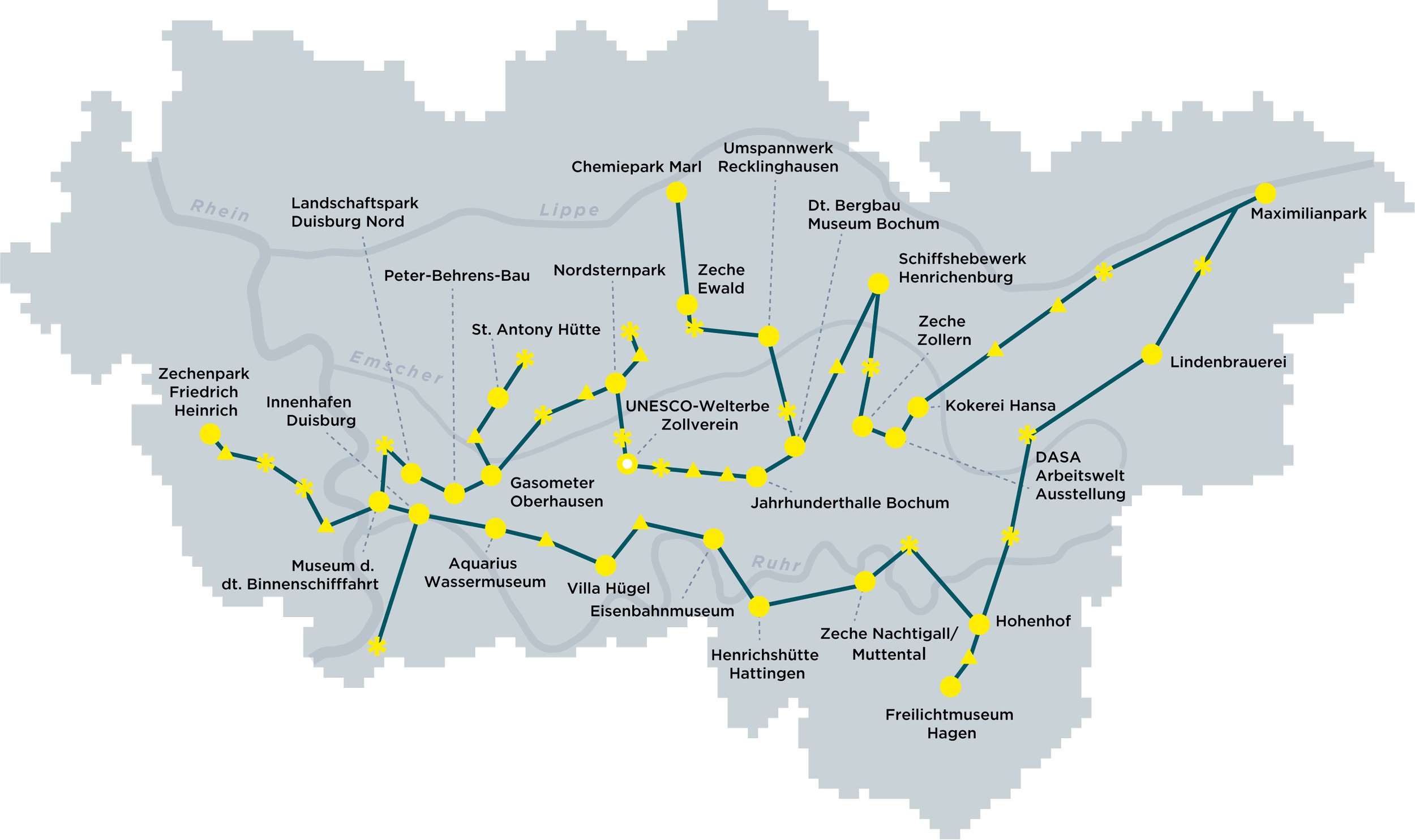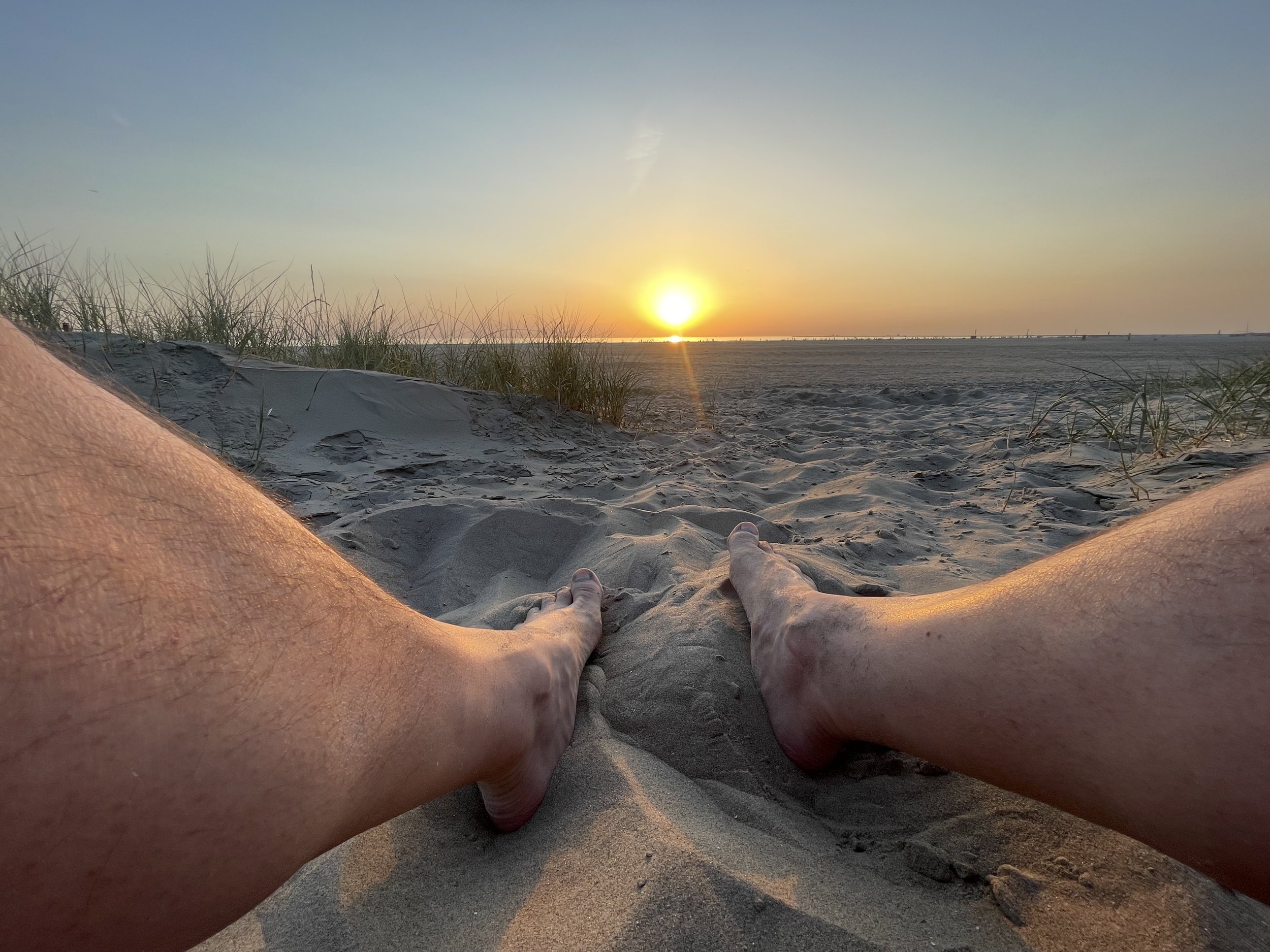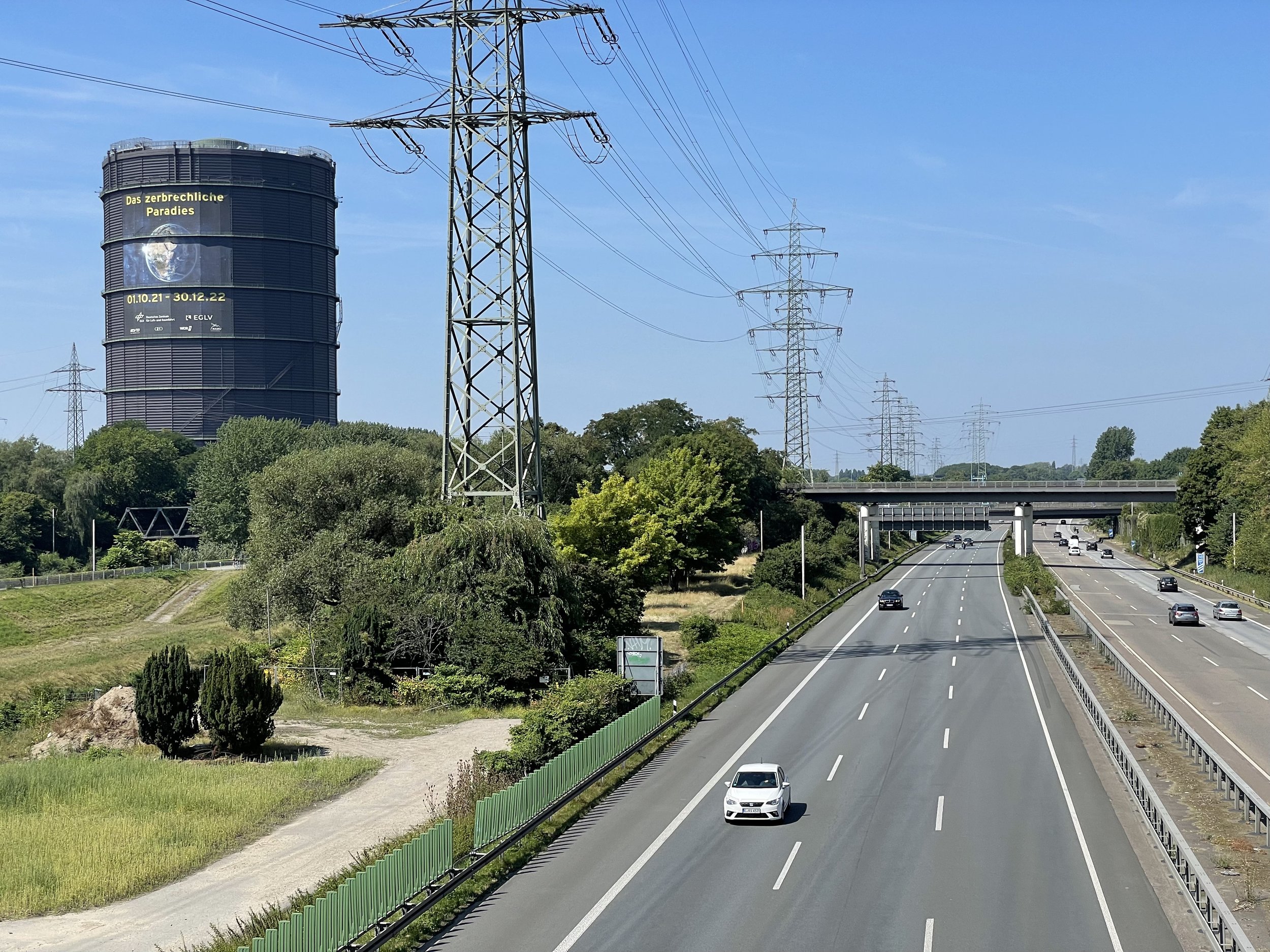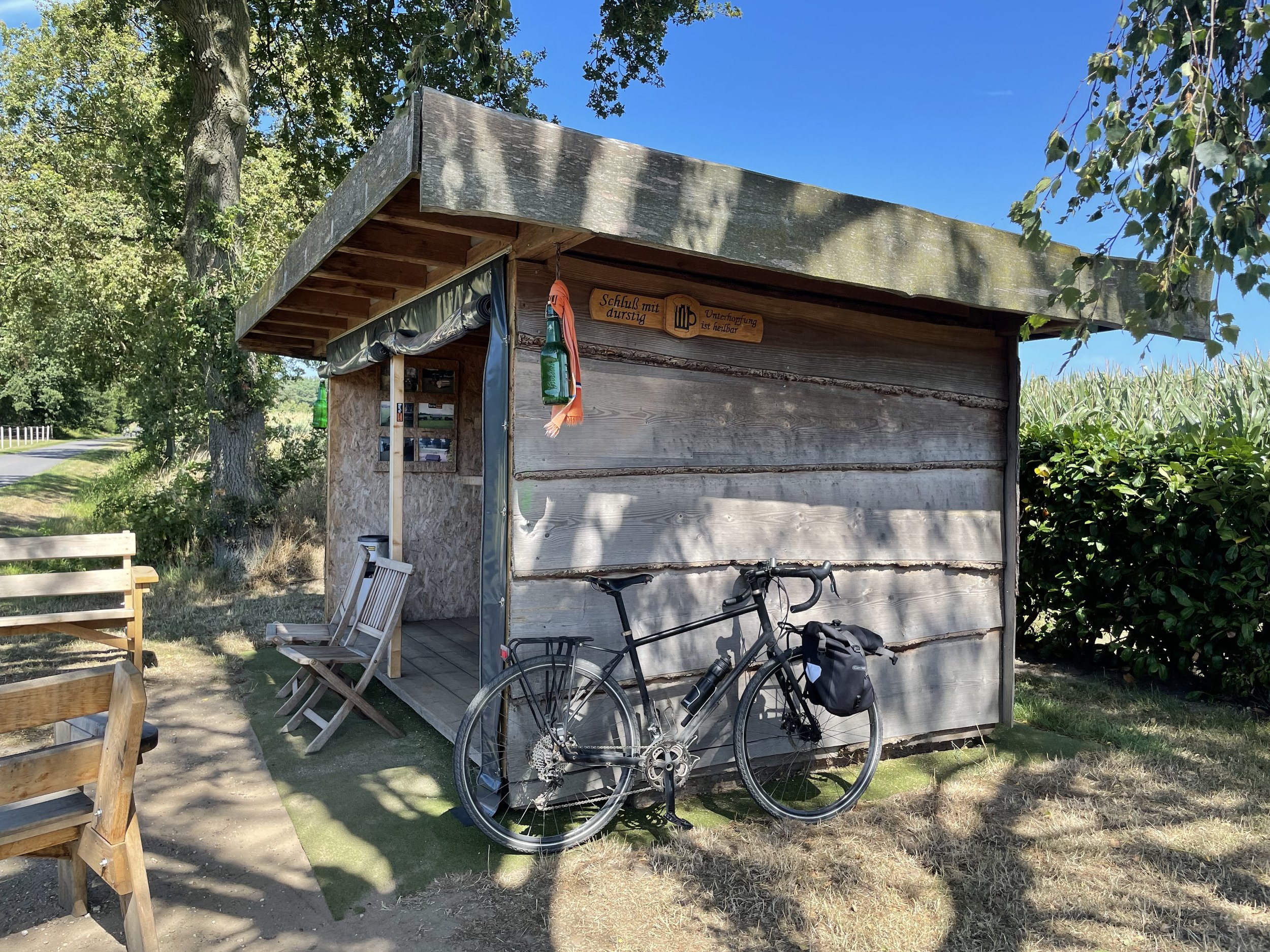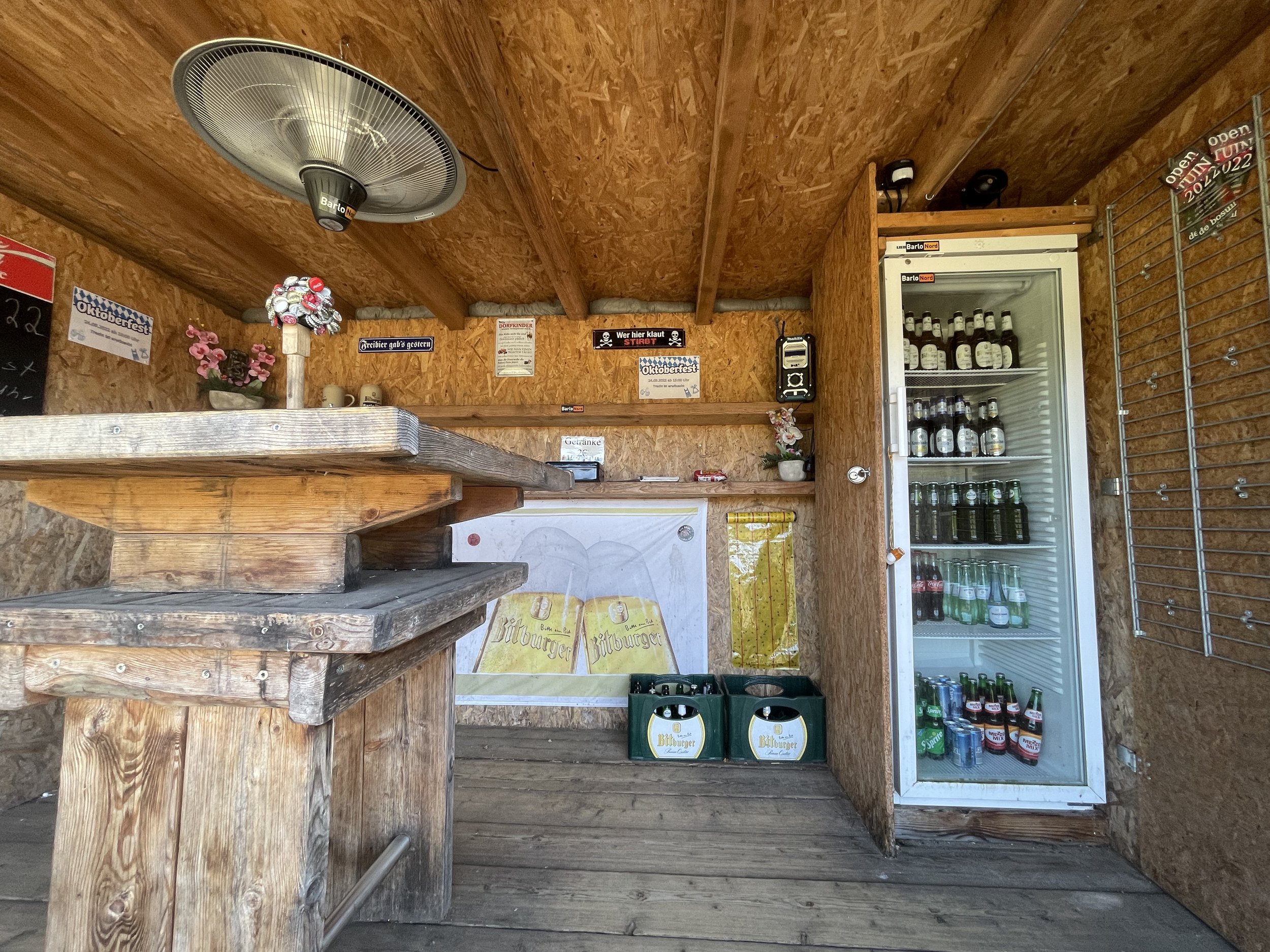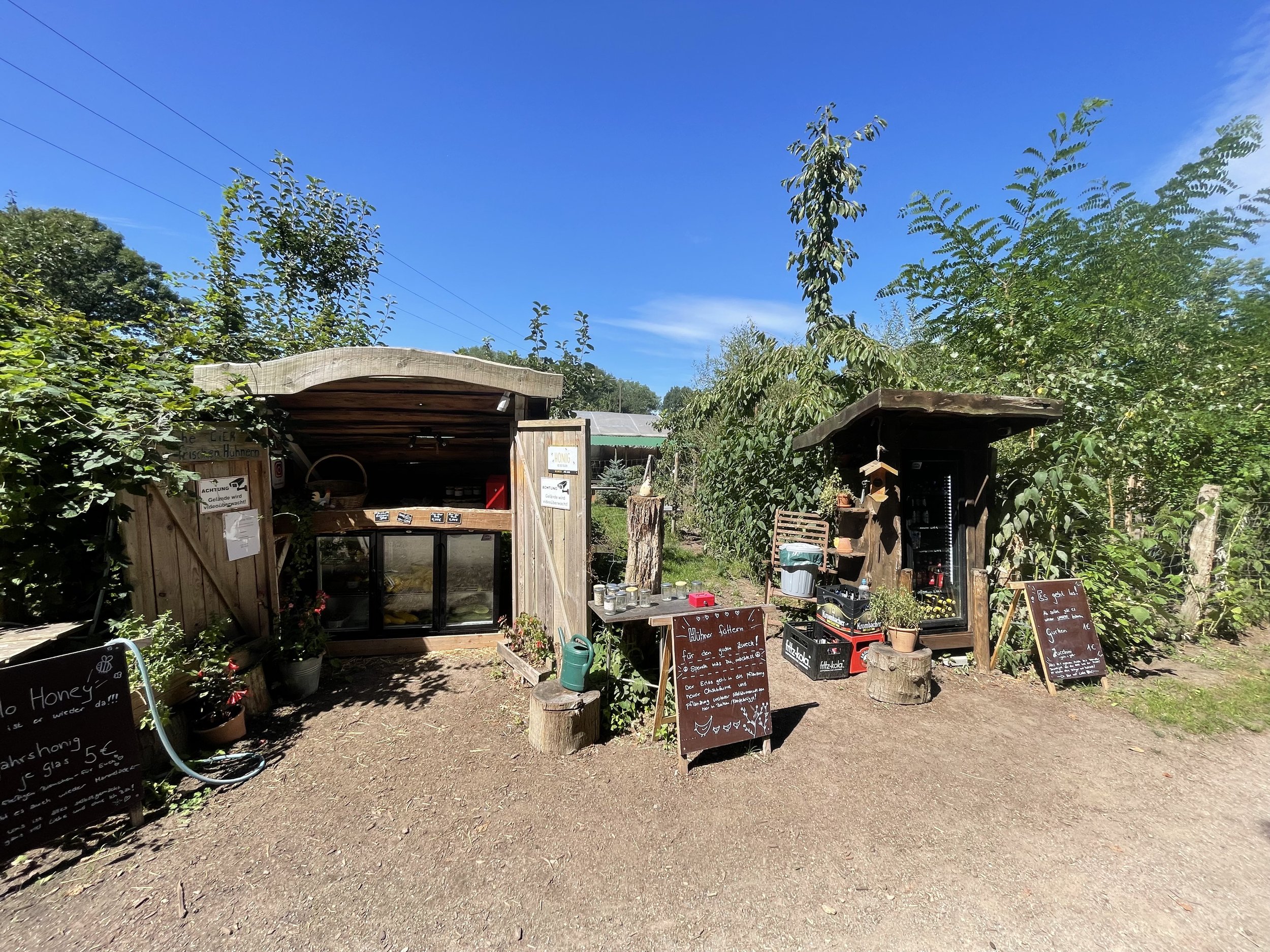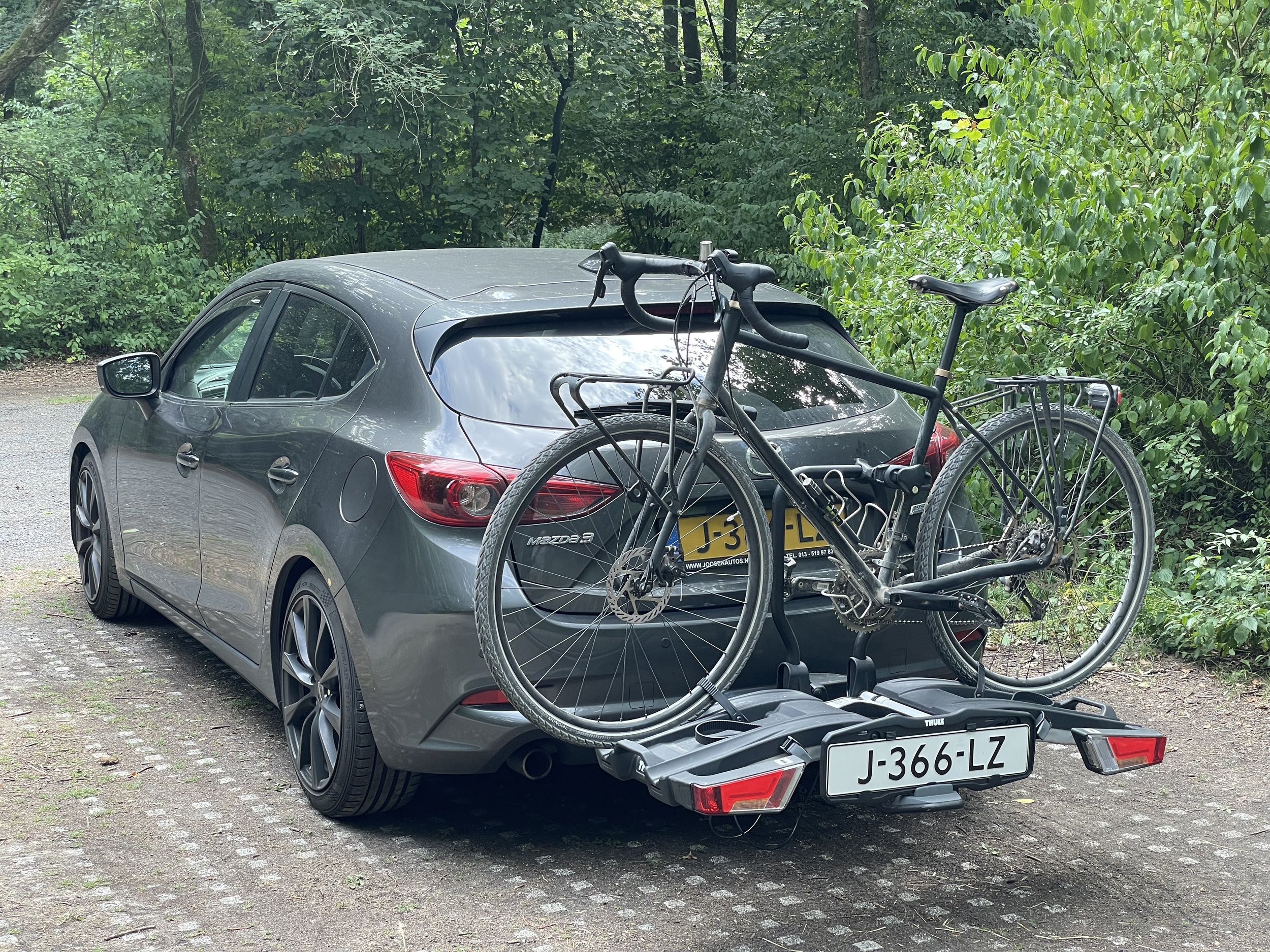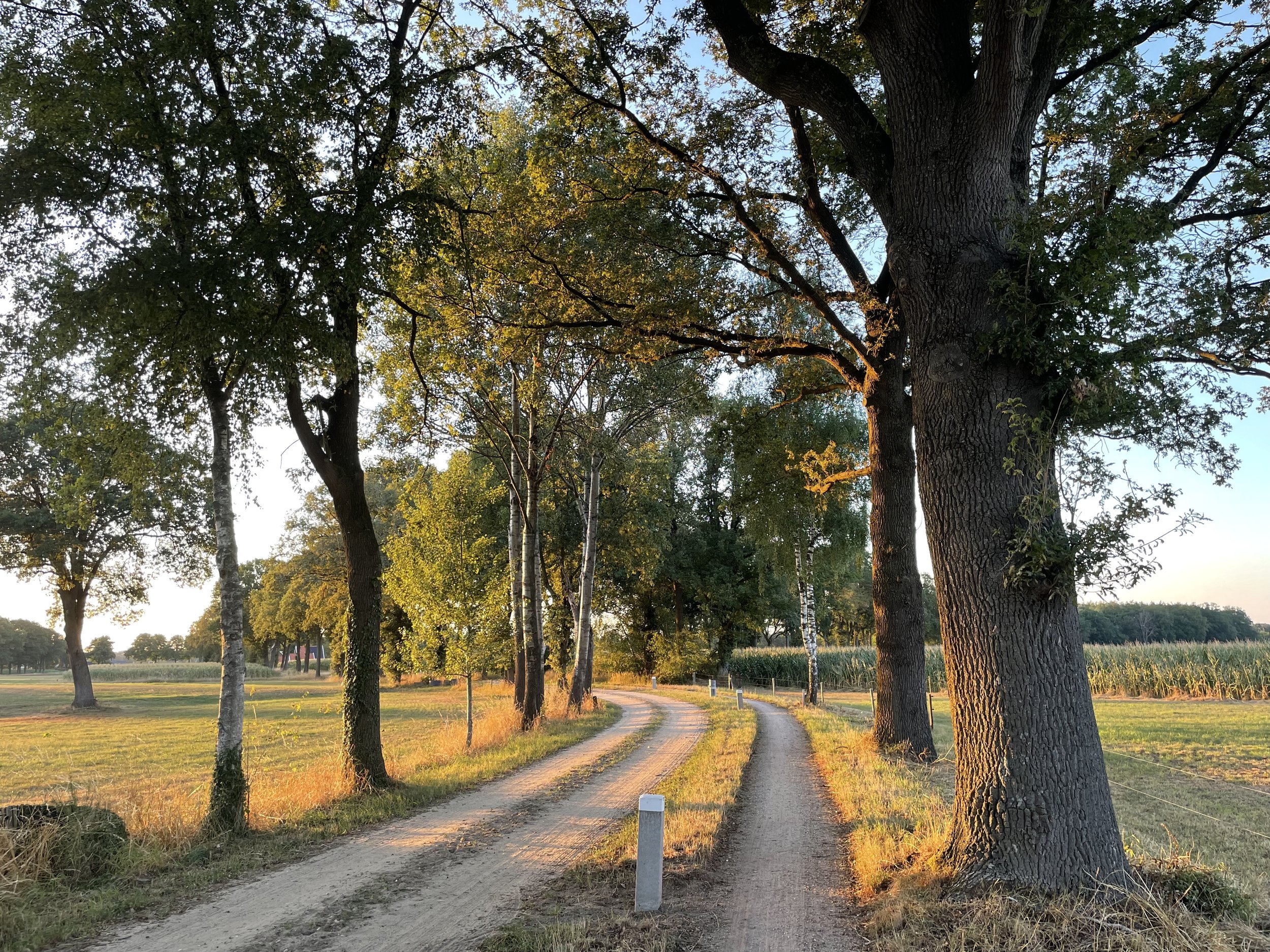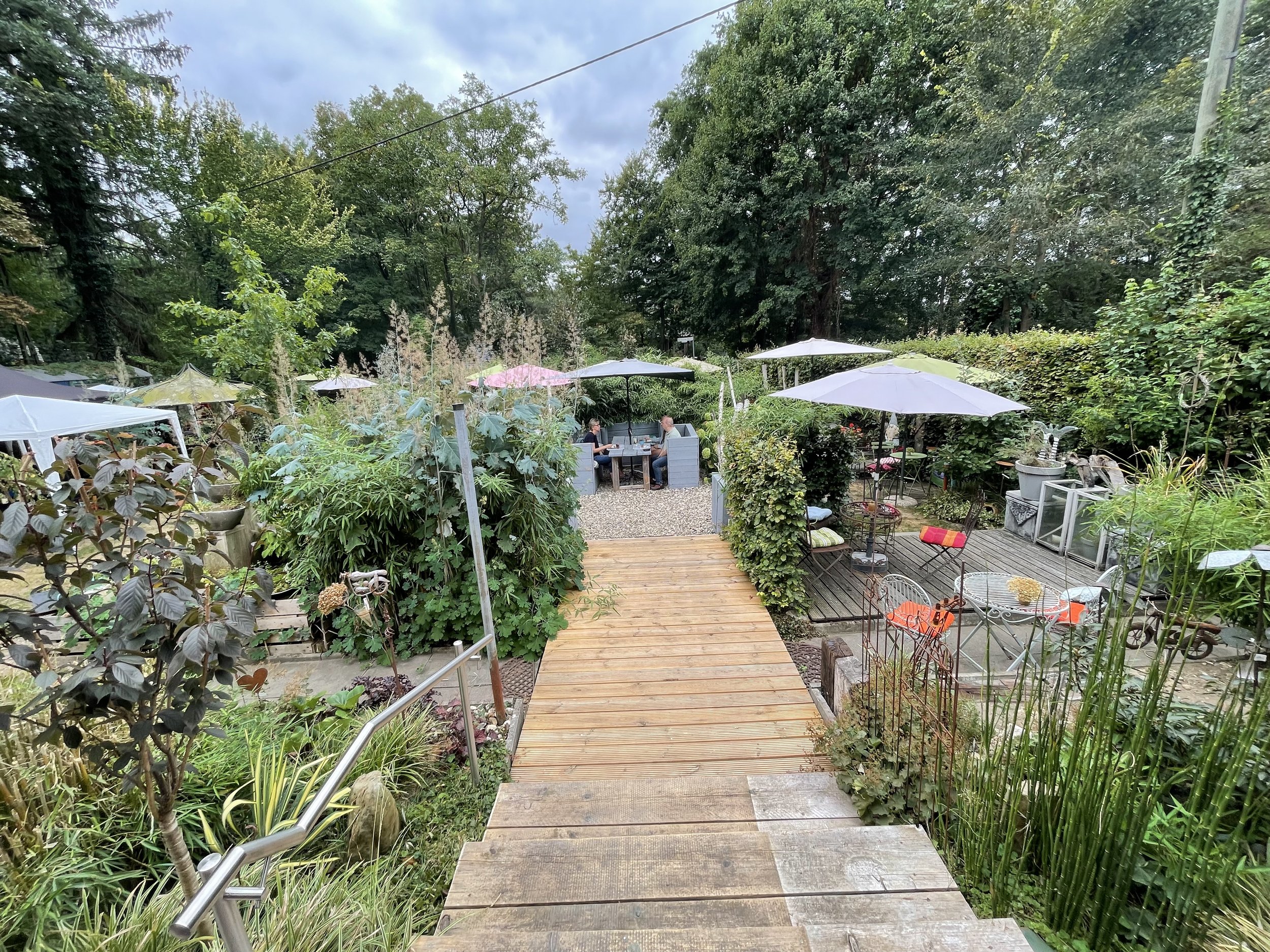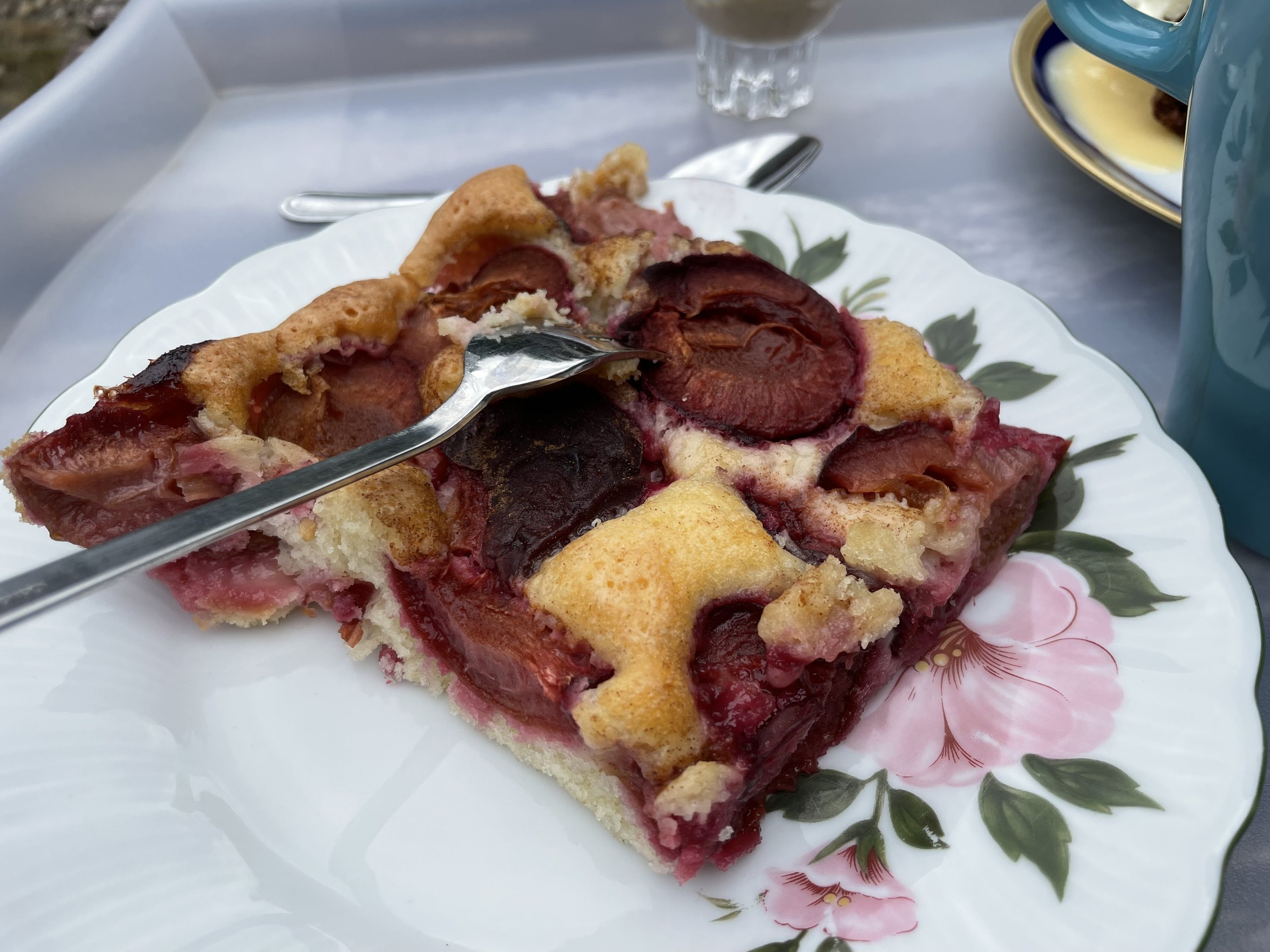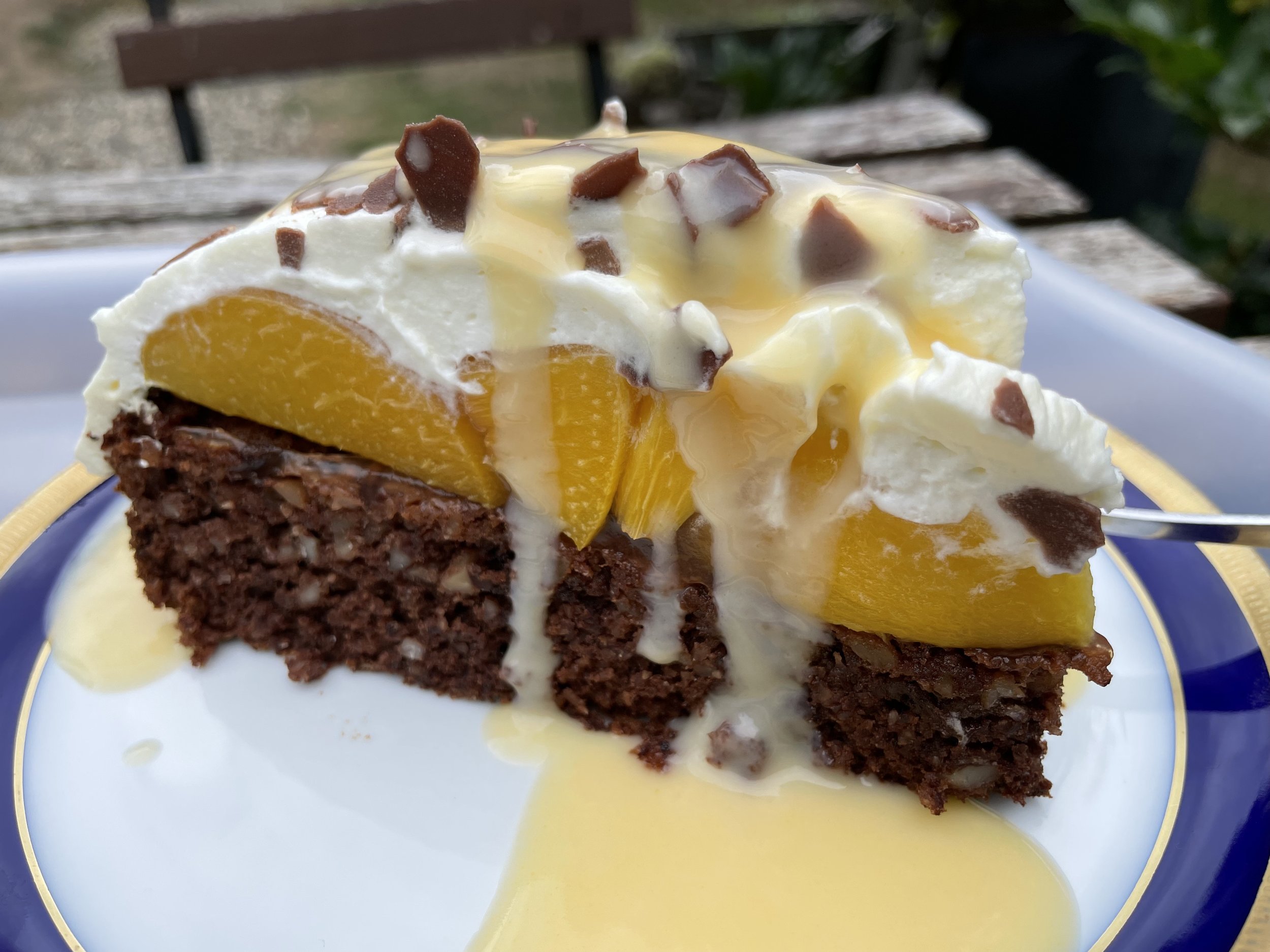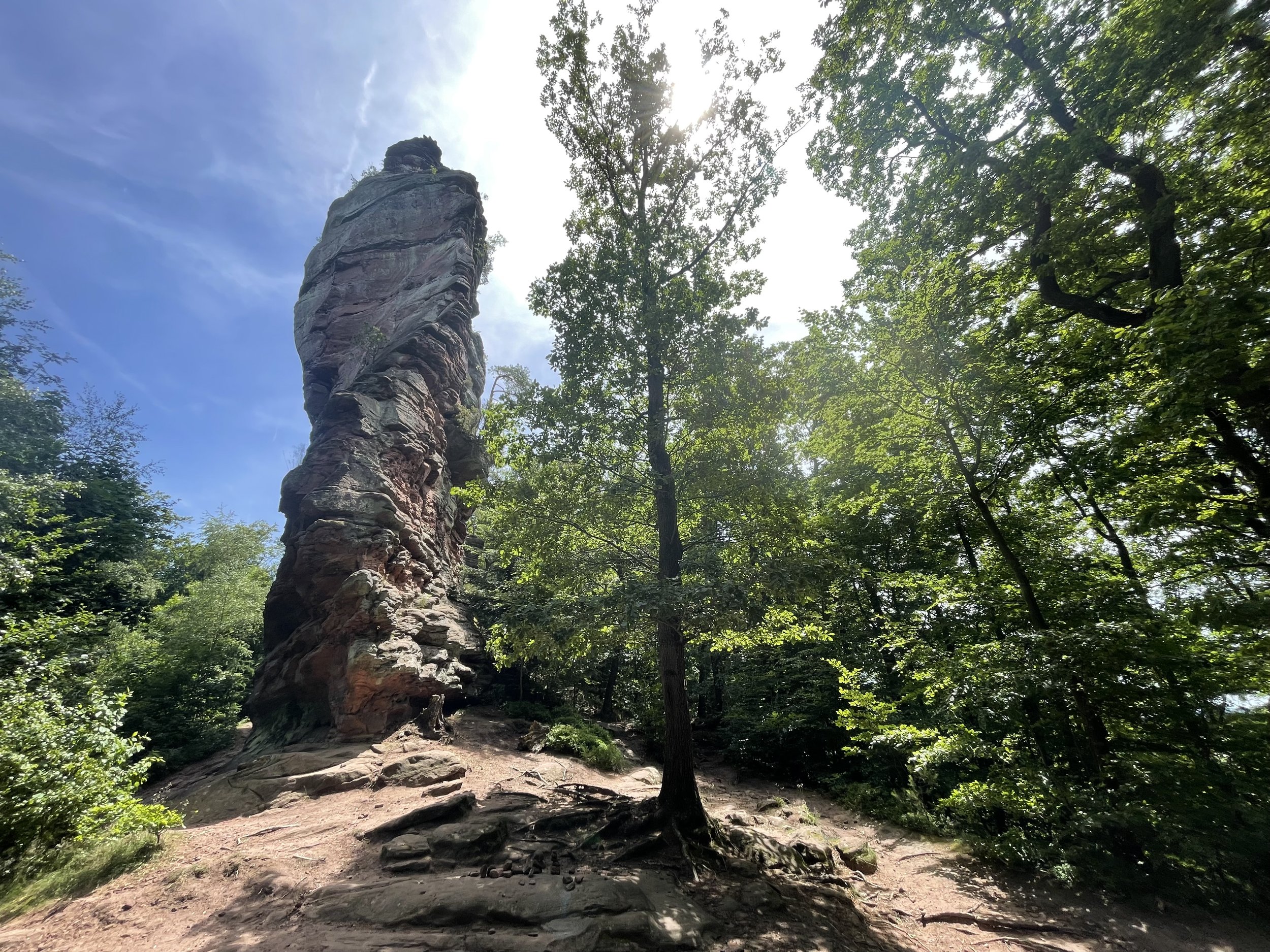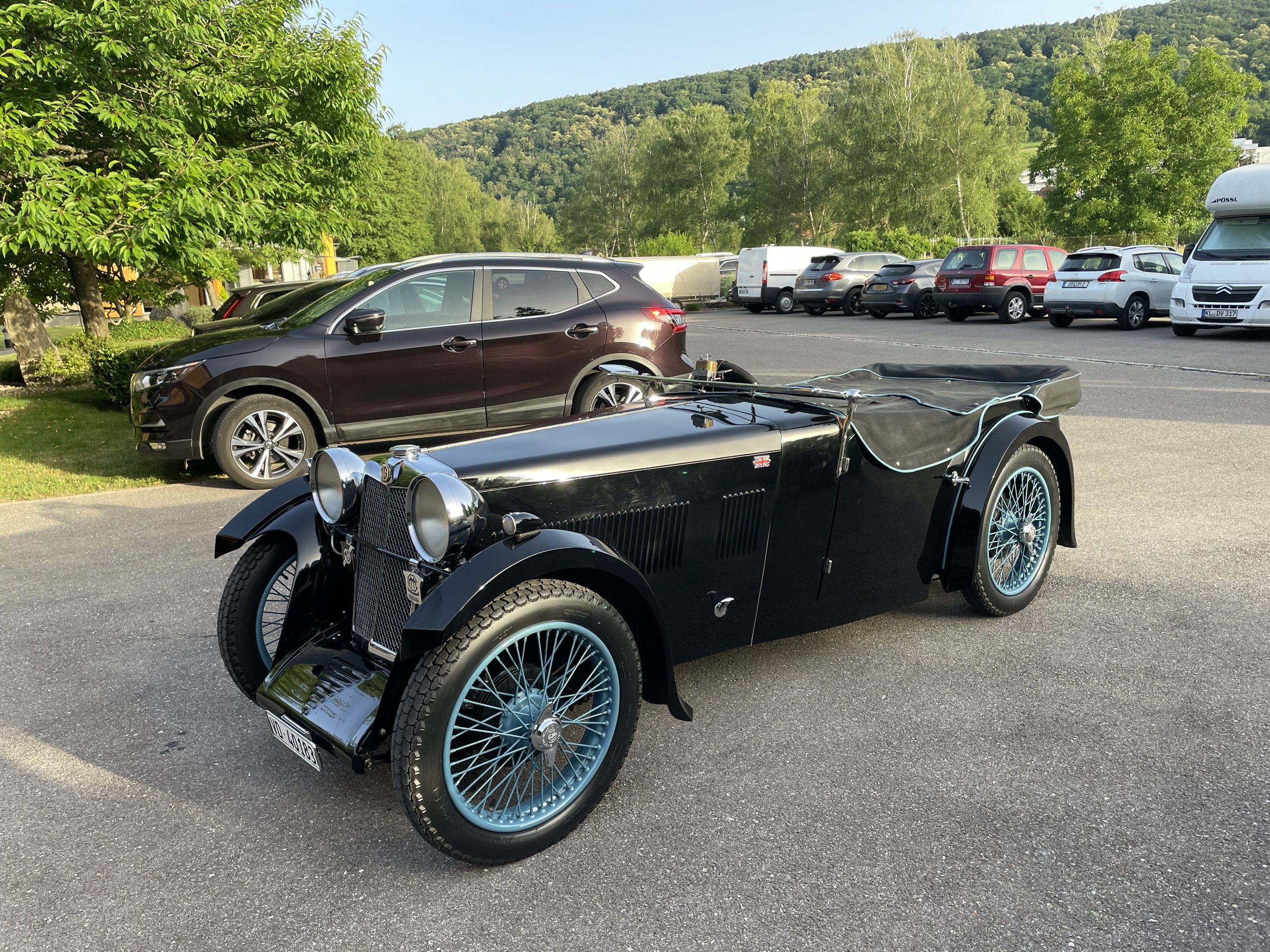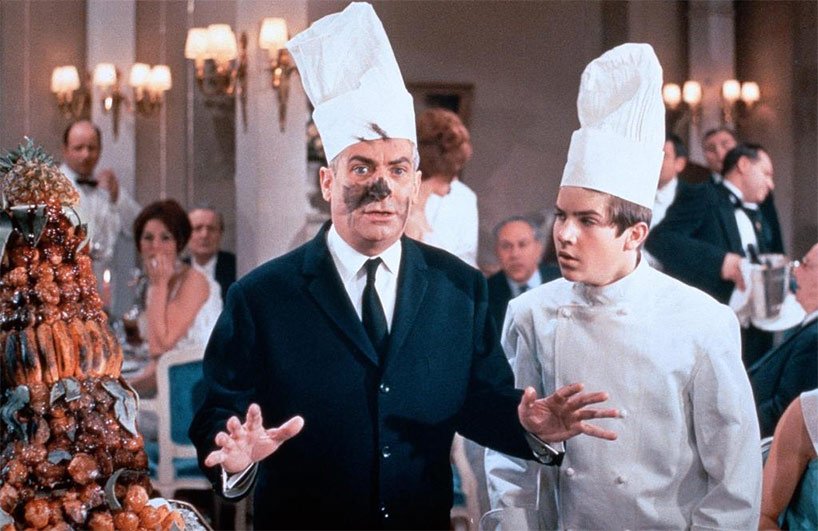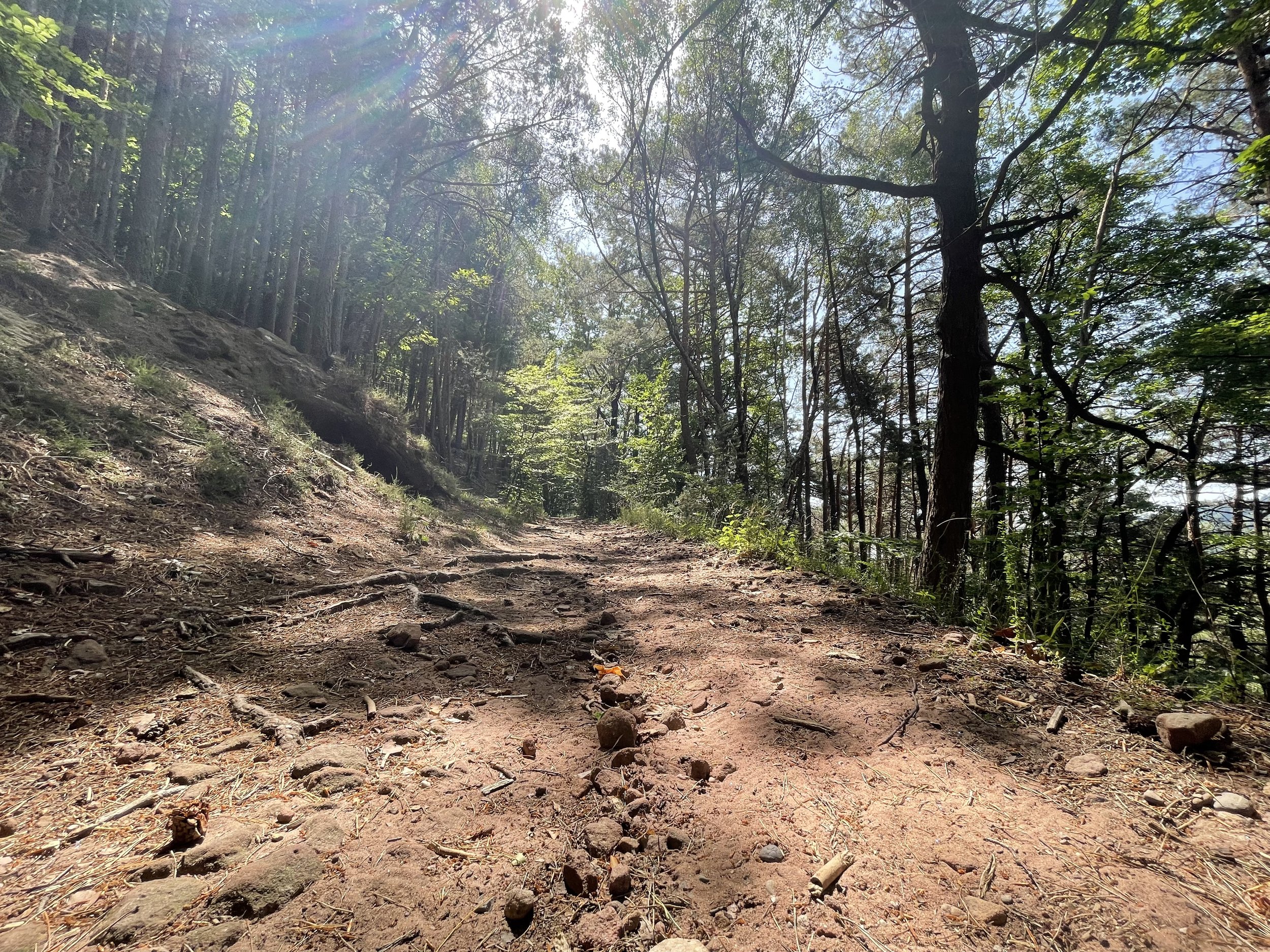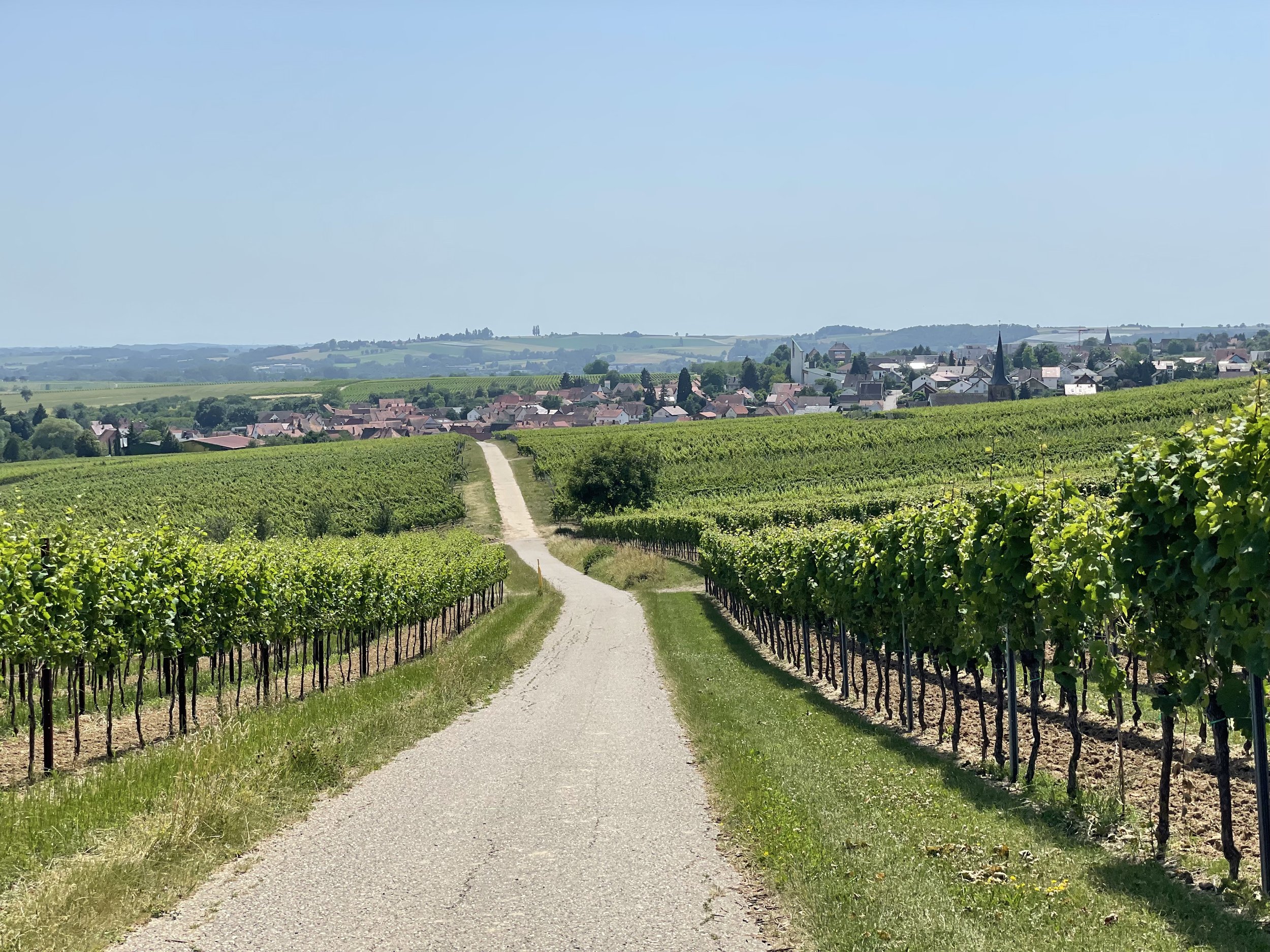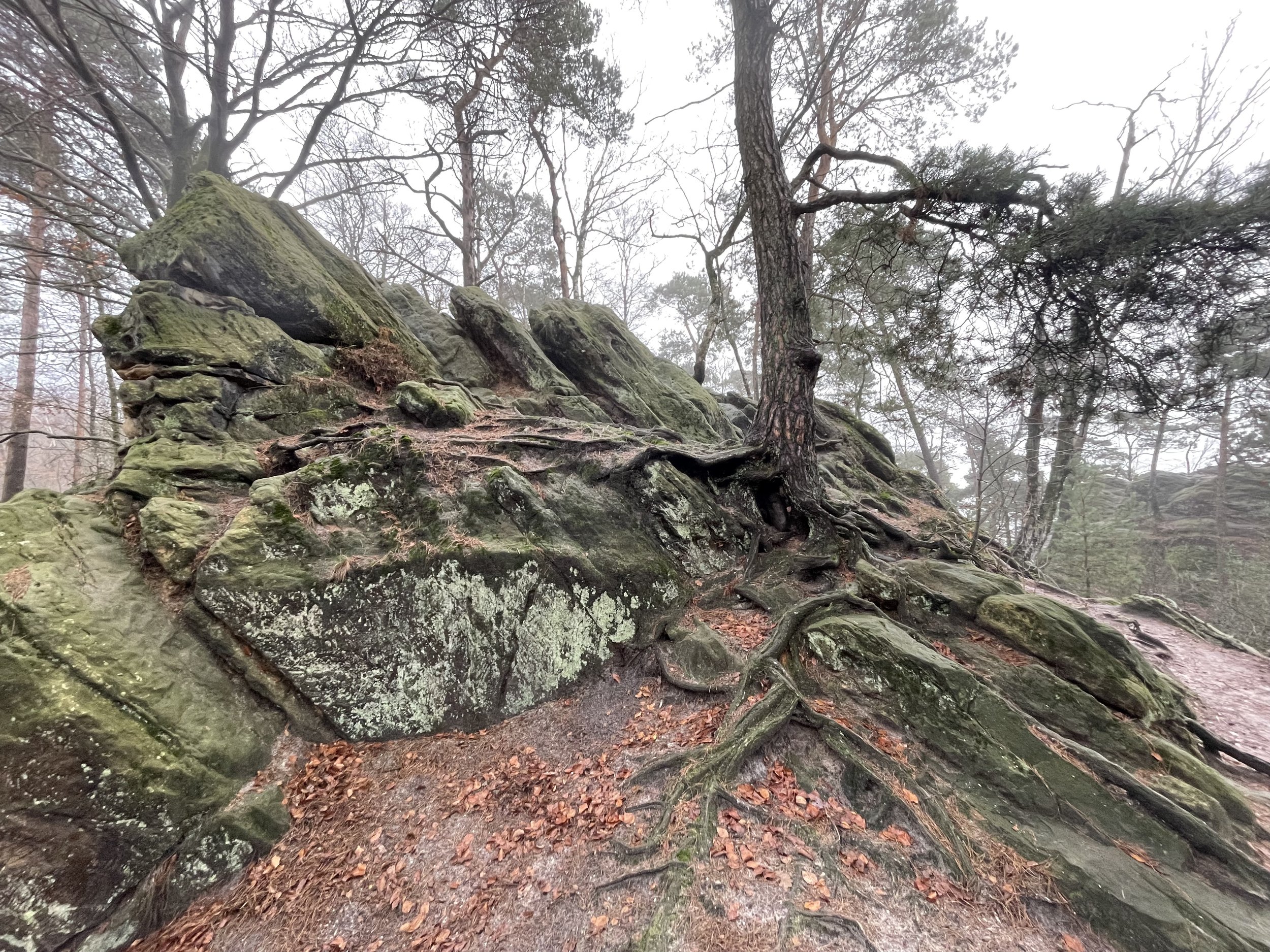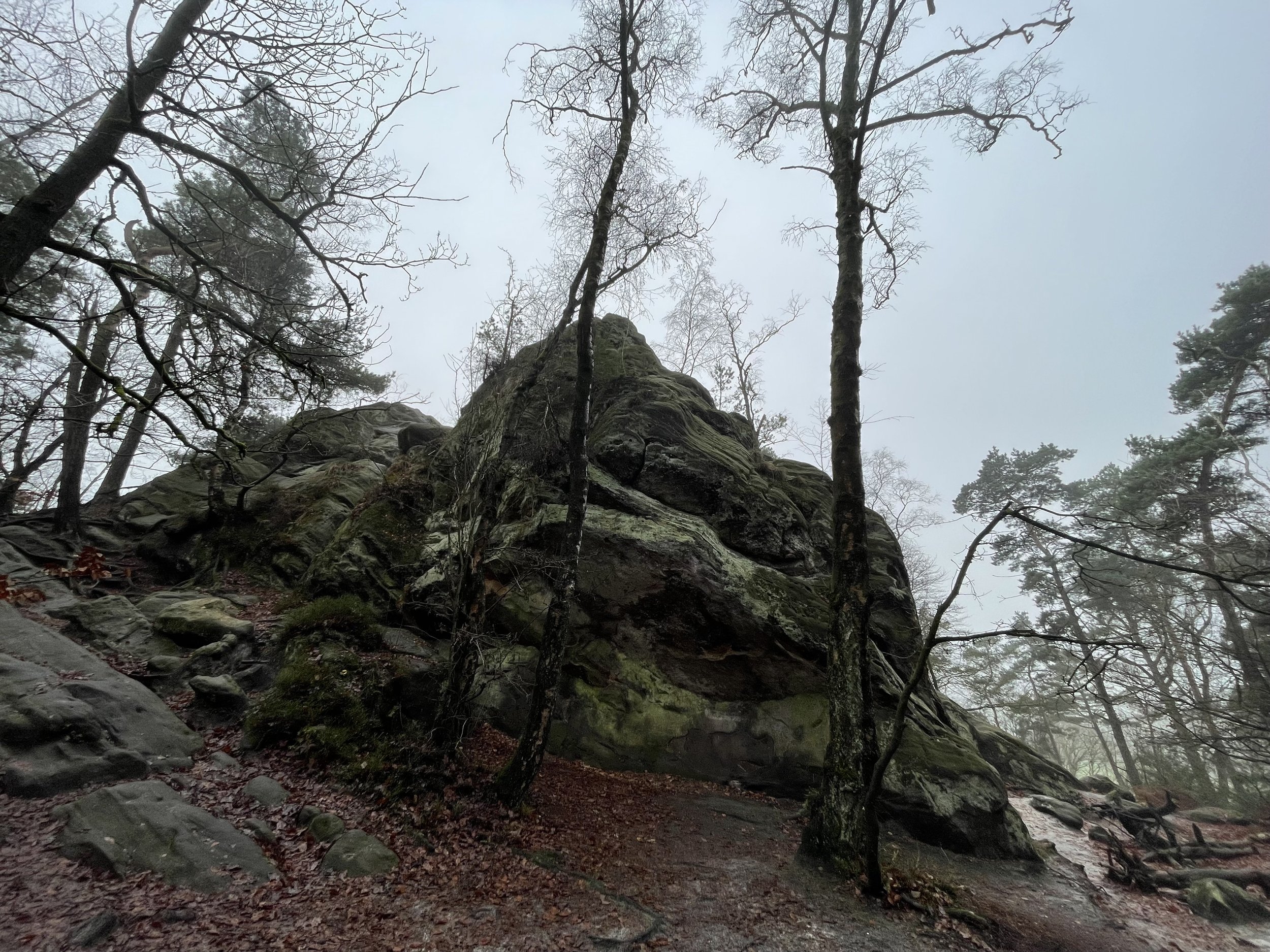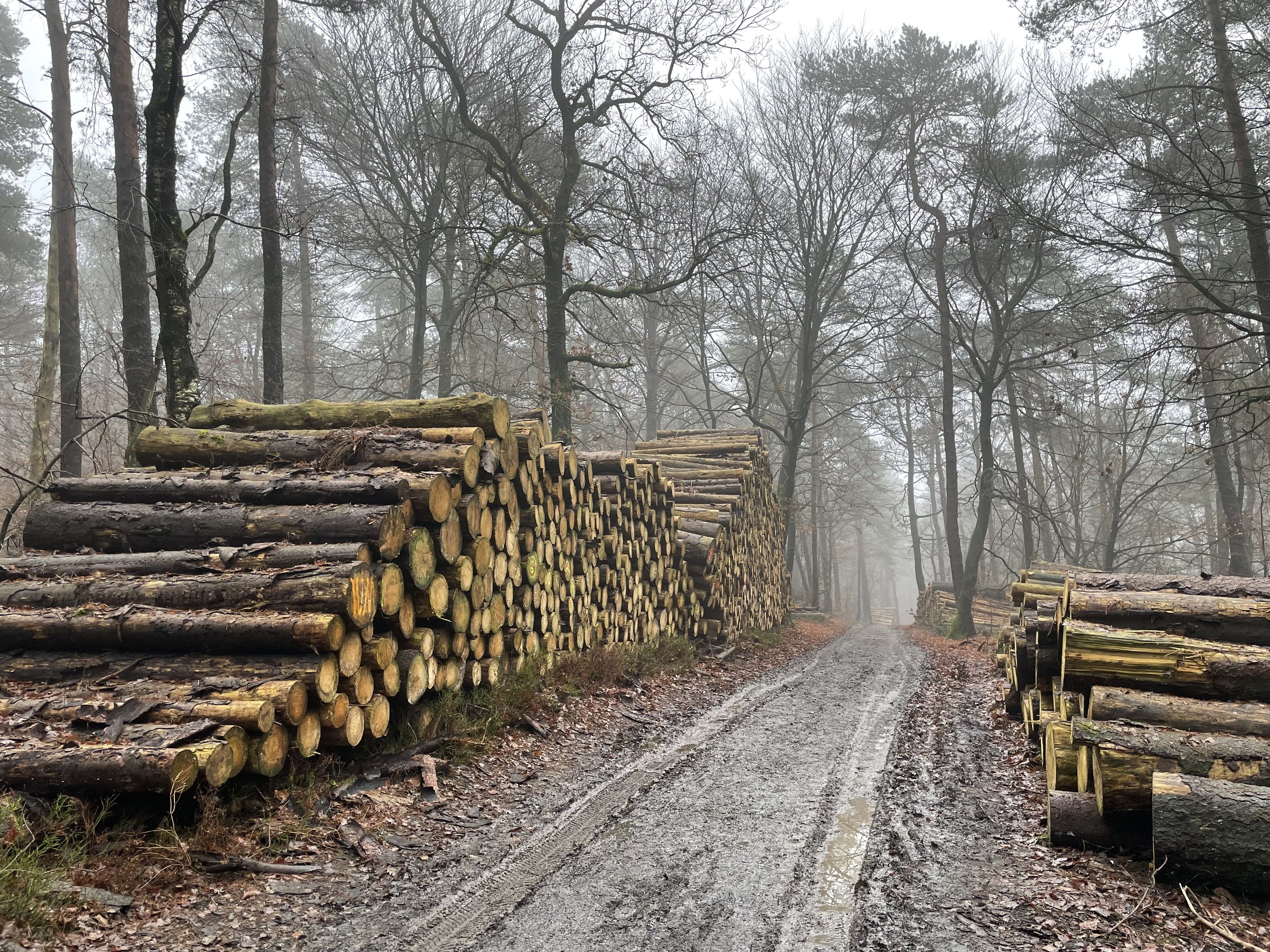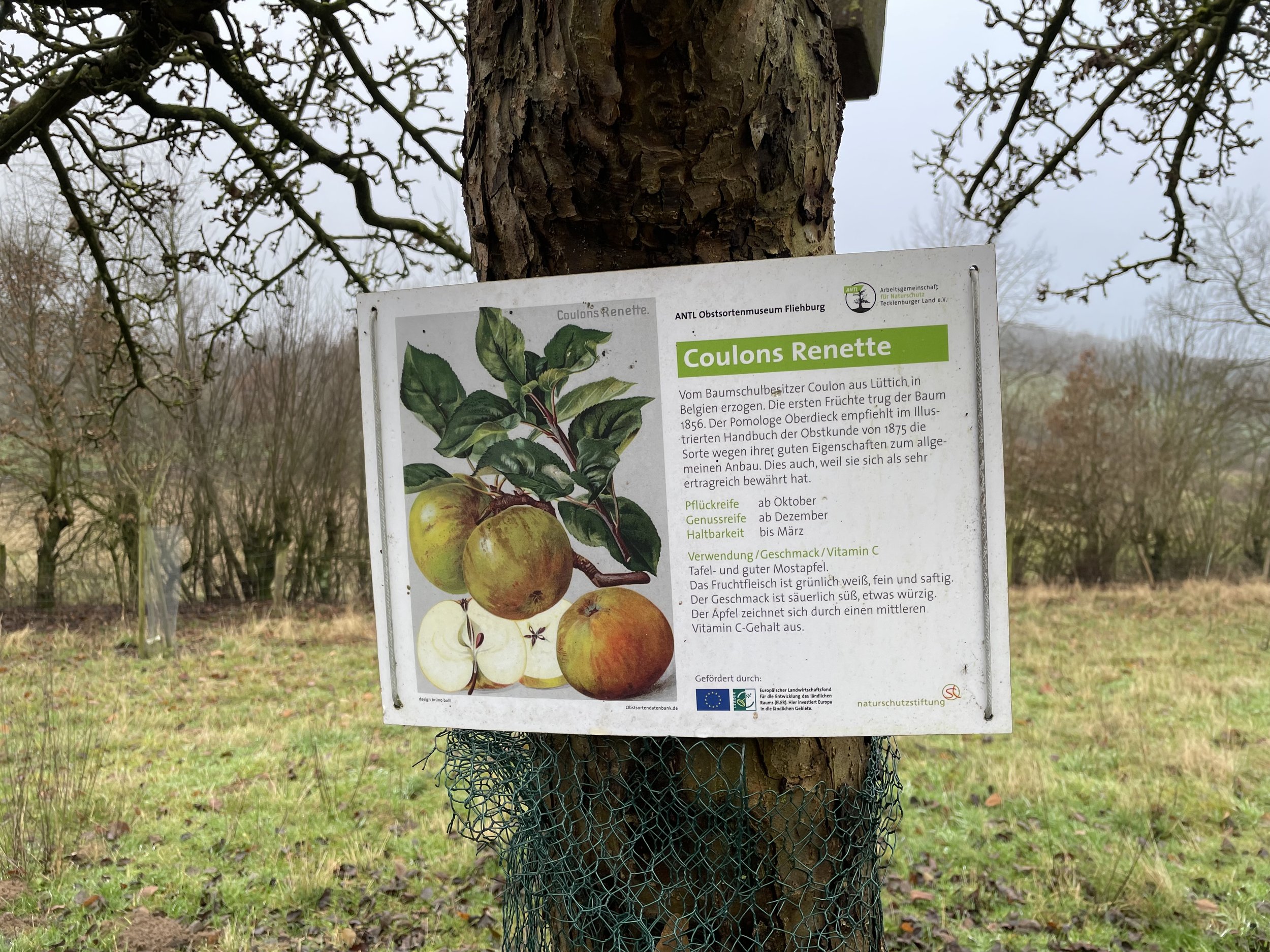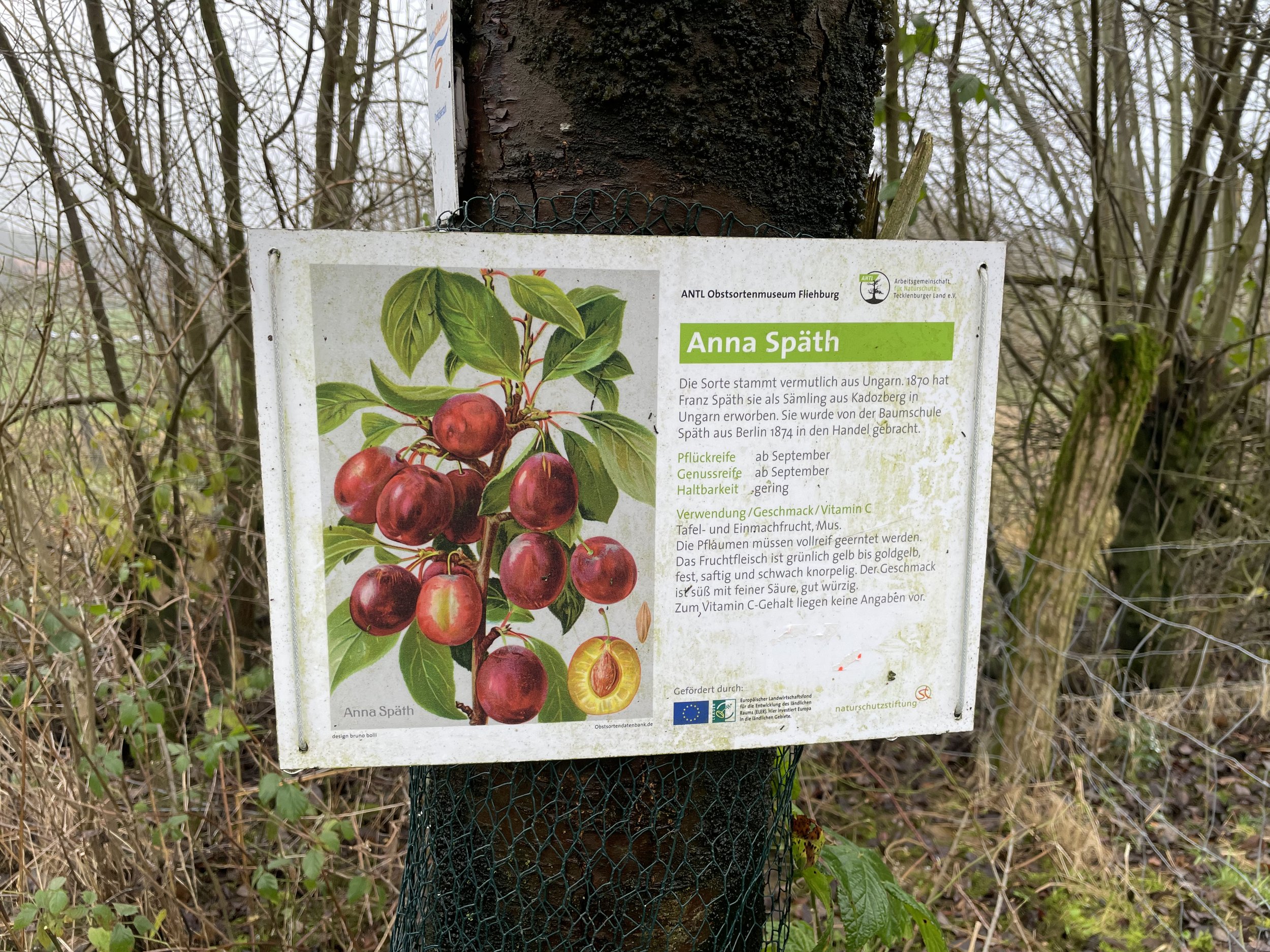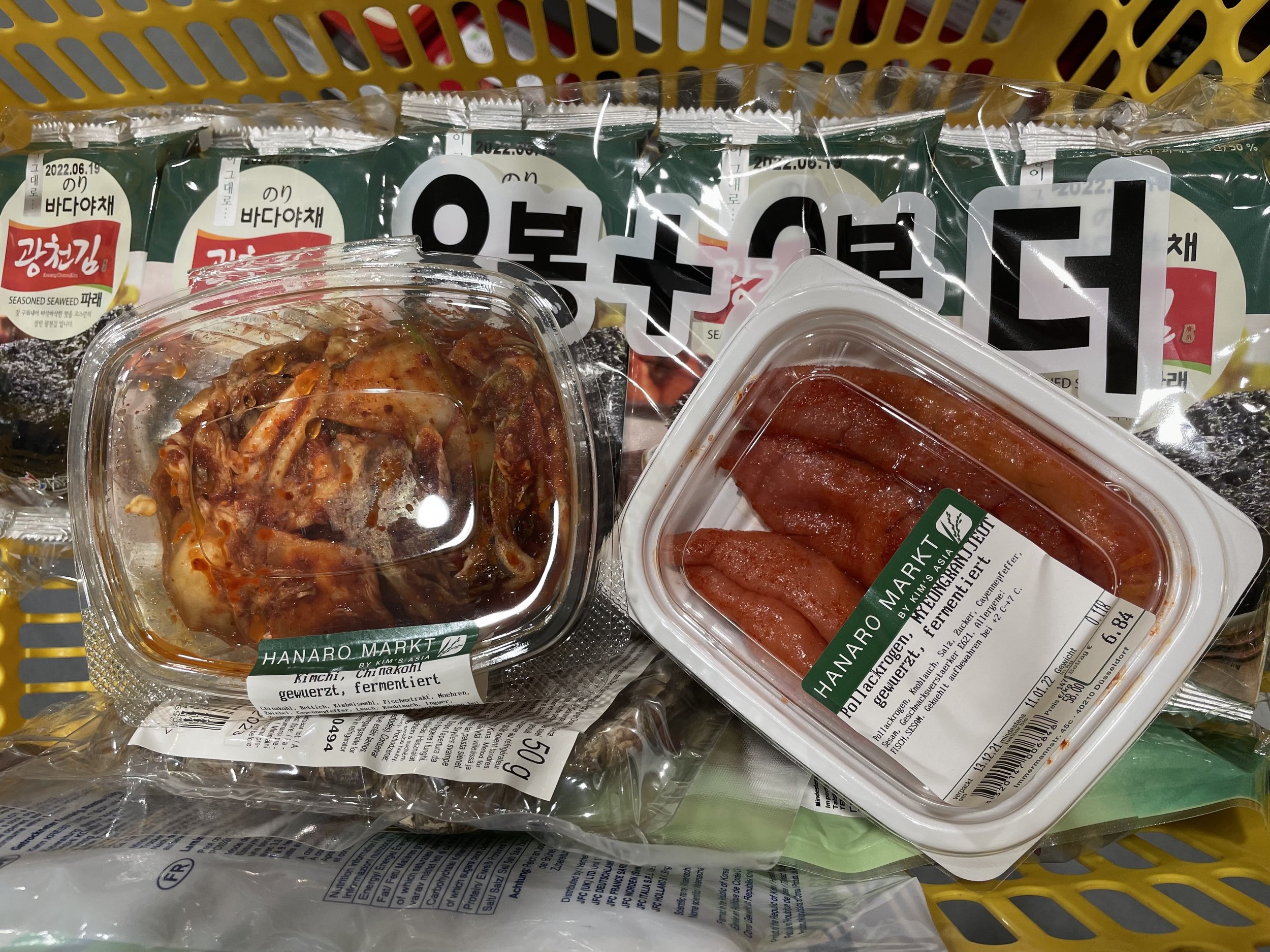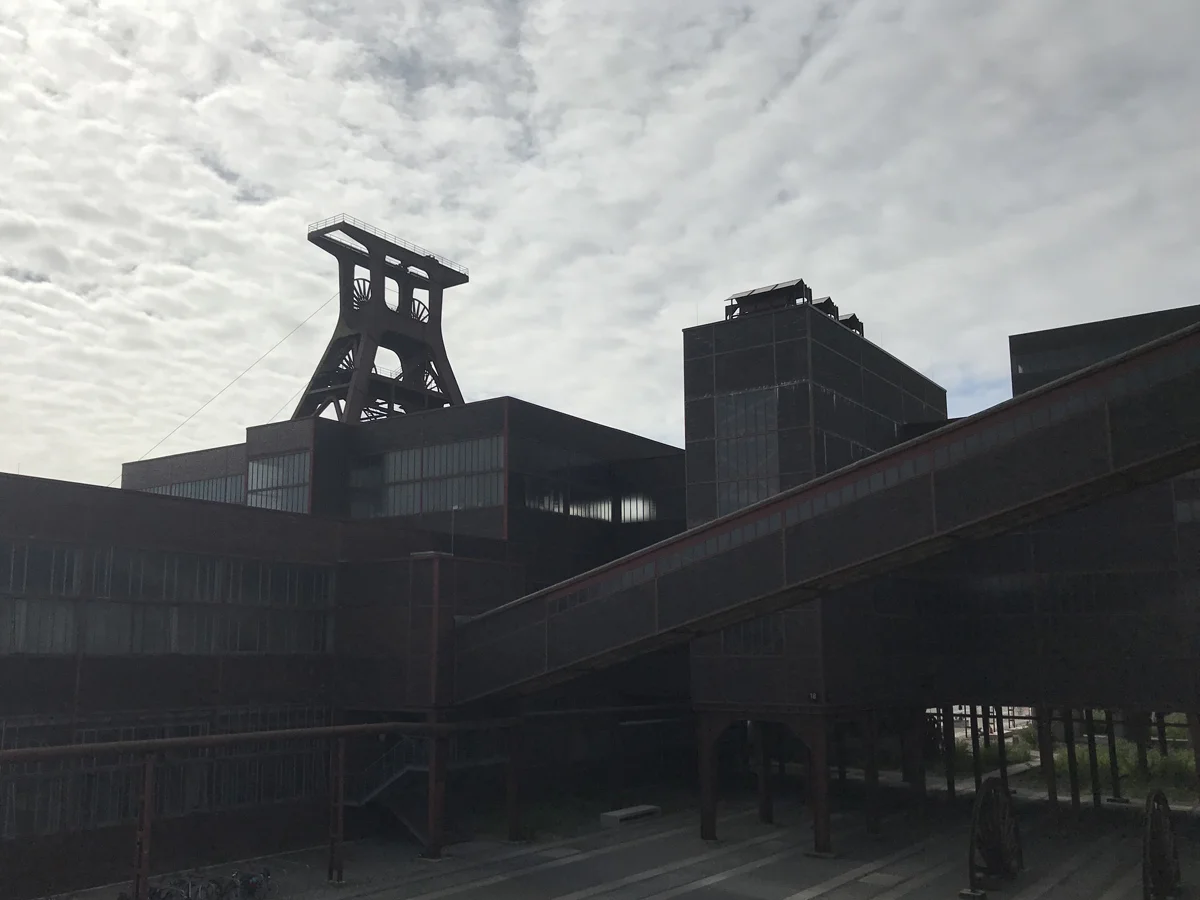Das zerbrechliche Paradies
Stadtansicht Essen in 1890. Fotoarchiv Ruhr Museum / Anton Meinholz
I was too busy at work to take a summer holiday. I made the most of the weekends and spent my summer cycling in Germany, mostly in the Ruhrgebiet, but also closer to my father’s home in Münsterland and nature park Hohe Mark. I lived my life like a nomad, driving to greener pastures each weekend. It was a summer of sweltering temperatures, often well above 30 degrees Celsius, which I love. The uneasy question remains: was this ‘just my luck’ or the new normal? This summer was the hottest on record in Europe. This will be a tale of good food, ice cold drinks, dusty cycling paths, a thread of loneliness weaved through each passing month, and a feeling of eternity.
River Ruhr.
One of the first weekends of cycling in May I cycled from The Henrichshütte Ironworks Hattingen to Witten along the Ruhr and then to the most southern part of the Route der Industriekultur in the Bergisches Land. This was the origin of the Ruhrgebiet as an industrial area with the start of coal mining in the 16th century, although even before this, the Bergisches Land had profited from its hilly nature. Water power gave birth to an early industrie.
Cycling path on an abandoned railway track.
The photo below might look like an ordinary forest but has great historical significance. Due to geological circumstances a layer of coal was exposed to the surface. The early Industry in this area benefited from this exposed coal as early as the 16th century. Centuries later the industry moved north when new layers of coal were discovered and water power was not needed anymore,
Sprockhöveler Bach
Next up was Zeche Zollverein as a starting point. The area south of the Rhein-Herne-Kanal, and its parallel river Emscher, and north of the Ruhr is the heart of the Ruhrgebiet.
The full 400 kilometres of the Route der Industriekultur.
June
Summer starts in earnest in the month of June, named after Juno, this complex ancient Roman goddess, whose epithets may still not be fully understood. Sometimes I wish I could free fall throughout the summer and never land again.
One of the pleasures of cycling in Germany are the trout farms. I don’t have the patience to fish for trout, but they sell freshly smoked trout with potato salad and horseradish cream. I order this either with an ice-cold beer (pils) or sparkling water. Sometimes the trout is still warm.
The border between Germany and The Netherlands is ancient and goes back to 1766. The original markers are still visible in the landscape. This border is just a few kilometres from my father’s house and I usually cycle criss-cross across the border in the evenings.
July
In the weekends I am too far away from the North Sea and its beaches but it is possible to spent time on the beach after work in Amsterdam. Travel time is a cool 45 minutes, so in total I have to spent 1,5 hours in the car for a few hours on the beach. But it’s worth it. This year I didn't have company so I just went once. However beautiful, I prefer to share these moments with somebody. It is such a magical place in the evenings.
Das zerbrechliche Paradies
In the Gasometer in Oberhausen, a former gas holder completed in 1929, the exhibition Das zerbrechliche Paradies was shown, about the beauty of nature and the influence of humans on their environment. I thought this was symbolic for the summer, and also ironic since the gas holder is situated near an Autobahn.
The Gasometer in Oberhausen in a boiling hot Ruhrpott.
The river Emscher looks more like a canal in Oberhausen.
In July it became clear this summer was going to be hot. Climate change has been in my conscience mind since the film An Inconvenient Truth in 2006. But I never acted upon it. I still drive my fossil fuel car.
Below an image of the Radschnellweg Ruhr RS1 between Mülheim an der Ruhr and Essen. This is probably the first bicycle Autobahn in Germany. The project started in 2010 as a vision. In 2015 the first 6 kilometre stretch was openend. When finished the RS1 runs from Moers to Hamm over a length of 115 kilometers. Currently the distance between Mülheim an der Ruhr and Essen is 12,5 kilometres of unobstructed cycling path and wide enough for four bicycles.
In Mühlheim you can enter the bicycle Autobahn by elevator which brings you to the level of the Stadt-Viadukt, which was built by the Rheinische Eisenbahn-Gesellschaft in 1864 - 1865.
Stadtviadukt vor dem Umbau zum Radschnellweg RS1 (2015). Photo: Frank Vincentz - Eigenes Werk.
Without my Specialized AWOL from 2016 my summers wouldn’t be the same.
Now and then you’ll find an amazing lunch along the way. FAIR1-HEiM, Mintarder Strasse 21, 45481 Mülheim an der Ruhr. Big sign at the entrance: “Sie” bleiben draussen, DU bist wilkommen.
This is typical of rural NRW, these self service shops. In this case: mostly beer. 2 euro per bottle from a fridge. Deposit cash money in a safe and enjoy a cold beer. Location: Auf dem Brande, 46397 Barlo, Germany.
Another self service shop. Home made jam, honey and cold drinks, but no alcohol. This one is located close to Rhede.
“We may well look back upon 2022 as that moment when the global simultaneity of climate calamity finally crossed an epistemic threshold, registering in the mind’s eye the most compelling image of the whole Earth, now in peril.”
The Ecrin, the most southern Alps in France. This image from 2022 caught my eye because in 2019 I hiked in this mountain range. Normally the mountain peaks are covered in snow all year. This year, the snow is gone.
Charring eggplant for baba ghanoush.
August
The summer of 2022 was also the summer of crisises. The Russian war against Ukraine is an European crisis, climate change is turning into reality and during the summer we had a typical Dutch crisis: a nitrogen-crisis.
It has been clear for decades that Dutch famers produce too much nitrogen. Finally the government decided to take action but wasn’t too smart about it. It published a map showing nitrogen emission reductions up to 95% near Natura 2000 areas. Many farmers were looking at the map and thought: “hang on, does this mean I have to terminate my farm?”
The result was an uprising of Dutch farmers. Highways were blocked by dumping manure and burning tyres, and soon the country was heavily polarised around the issue. Nationwide thousands of Dutch flags appeared upside down.
Farmers protest in Low Saxon dialect : Do you still believe it all? Turn off your TV and turn on your common sense.
Coulisselandschap (bocage) in the Achterhoek.
By the end of August the drought became a problem. I have never seen maize so dry. In the river Elbe in the Czech Republic a so called hunger stone was exposed due to low water levels. In ancient times hunger stones were used to warn people for famine-related hardships, or just to commemorate a drought.
“Wenn du mich siehst, dann weine”
Sometimes you accidentally stumble upon a hidden secret: Tante Guste, Lippramsdorfer Straße 250, Dorsten-Lembeck. The owner of this magical garden is Jutta Kleine-Vorholt and she bakes German Kuchen. I was alone but I still ordered two cakes: a classic Zwetschgenkuchen and a cake with chocolate bottom staked with apricots and finished with eggnog on the spot. A small glass Baileys and whipped cream is complimentary.
’Willkommen in meinem Paradies..’
Zwetschgenkuchen
I spent the weekdays in Amsterdam. After work I often don’t feel like cycling home. I absolutely hate to be indoors when the weather is warm, I have a few favourite spots I like to hang out, for the time being alone, like in the apple orchard of ‘t Nieuwe Diep in Flevopark. It’s the only place I know where you can order sagardoa Barkaiztegi from Basque Country. They only sell the cider by the bottle.
Gin & Tonic at De Ceuvel, just a few minutes from work. Dik&Schil’s circulaire gin.
My summer drink: Weinschorle, this year made with a local Johanniter from vineyard Hesselink and Gerolsteiner natural Sprudel. 50-50 ratio.
The first weekend of September was a final gift: temperatures again hit the 30 degrees Celsius mark. I spent another long day cycling in the triangle: Essen - Bochum - Mühlheim an der Ruhr. The roads were even more dusty than before. I could do this for eternity.



